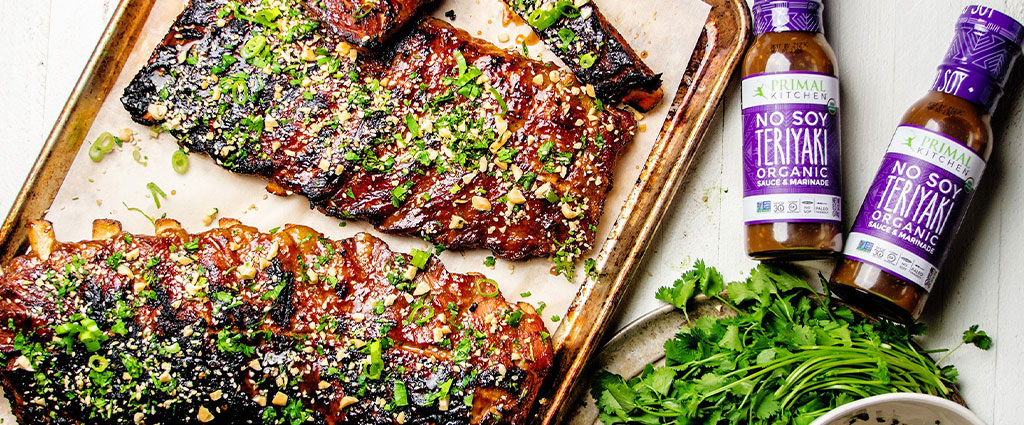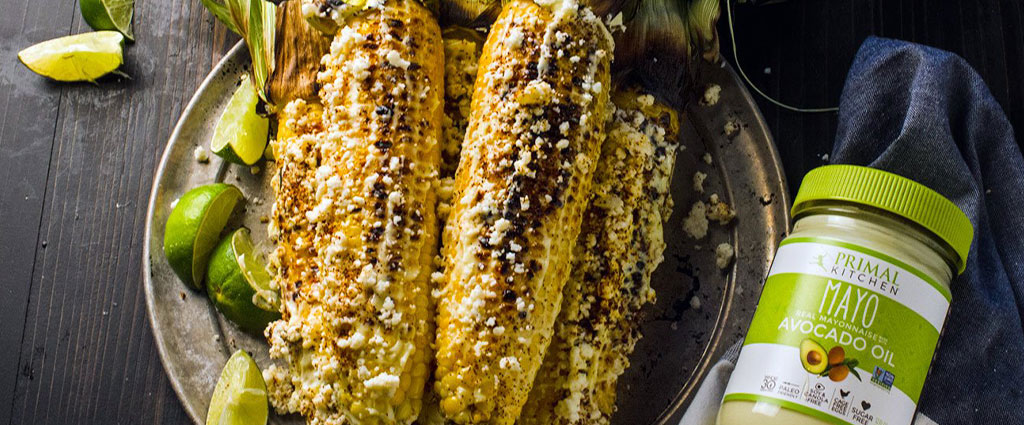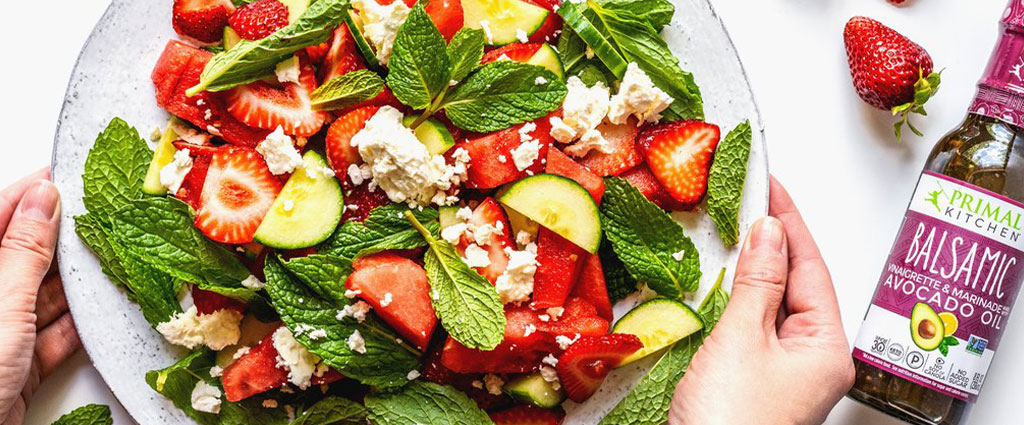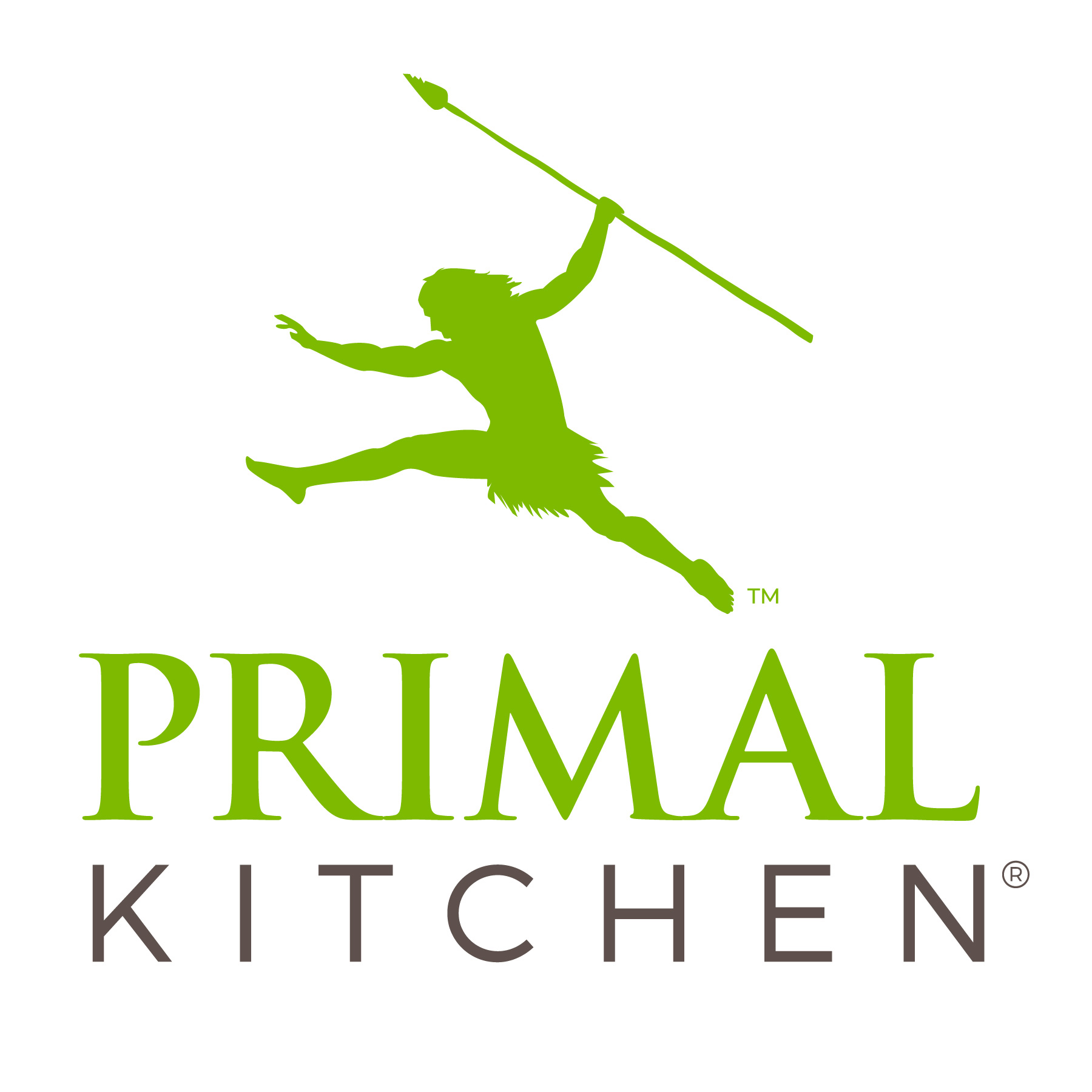When Mark Sisson, founder of Primal Kitchen, decided he wanted to be an authoritative guide for people searching for a way to take full responsibility for their own health, he became his own guinea pig. After years of investigating, firsthand, the foods that impacted and improved his health and wellness, Mark gravitated toward a low-carb style of eating.
Whether paleo, ketogenic, Whole30 or Mark’s own take on a healthy way of living—the Primal lifestyle—what you eat really does matter.
We sat down with Mark to discuss what he likes about the keto diet and his personal tips and tricks for following it.
LN: Why has low-carb eating become a cornerstone of your lifestyle?
MS: Humans are meant to be metabolically flexible, meaning we can burn fat, glucose and ketones for energy depending on what’s available. When we chronically eat high-carb diets, we impair our ability to burn fat and ketones. There are lots of reasons why burning fat and ketones is desirable—less hunger, less inflammation and the ability to comfortably practice intermittent fasting, to name a few.
LN: Is there a progression when switching to a low-carb diet or should you just go all in?
MS: If you’re switching from a high-carb, standard American diet to a moderate-carb, Primal-style diet, you can just jump right in. Eliminate the “big three”: grains, sugars, and industrialized seed and vegetable oils. Center your diet around meat, eggs, vegetables, maybe some in-season fruit, nuts and seeds, high-fat dairy if it works for you, and fats like avocados, olives, coconuts and their oils.
Most Primal-aligned folks find they naturally eat between 75 and 150 grams of carbs per day. If you want to go keto, which means less than 50 grams of carbs daily, I recommend a more gradual transition. Start with at least three weeks of Primal-style eating in order to give your body time to become more efficient at burning fat for energy. After a few weeks, start to drop your carbs until you’re in the ketogenic range. This is the approach I describe in The Keto Reset Diet (Harmony, 2017).
LN: For those who may struggle with a “severe sweet tooth,” what’s the best way to deal with it and get over those cravings?
MS: First, I recommend not substituting in “keto-fied” desserts made with artificial sweeteners or low-carb sweeteners like stevia or erythritol. Feeding the sweet cravings, even with keto-approved sweeteners, usually just perpetuates the cycle. It takes a while to recalibrate your taste buds to prefer less sweet and more savory flavors. My idea of a perfect treat now is fresh, ripe berries with whipped mascarpone cheese!
Second, see if you can get to the root of the issue. Are your sweet cravings simply a habit—you’ve conditioned yourself to want sugar after dinner, for example? Or are you using sweets as comfort when you’re feeling sad or stressed? You’d need to tackle these cravings differently.
And remember, once you’ve done the work to become metabolically flexible—i.e., you’re efficient at burning fat and ketones—you can enjoy the occasional high-carb meal, celebratory dessert or even a vacation where you enjoy ALL the local cuisine without major repercussions. These excursions from your normal diet will just be blips on the radar because you’ve built a good foundation of metabolic health.
LN: Is meal planning a necessity when going keto?
MS: Meal planning can be great for busy individuals, families who want to divide up the shopping and cooking responsibilities, and anyone who doesn’t feel confident in their ability to whip up a low-carb meal on the fly. Planning ahead means you’ll never be caught off guard without any good options in the fridge.
That said, you can definitely be successful with Primal or keto eating without meal planning if it’s not your style. Keep your fridge, freezer and pantry stocked with meat, produce and healthy fats, or plan to shop often. I’m not a big meal planner myself, but I always have ingredients on hand so I can make a quick and easy meal I know I’ll enjoy—usually an omelet or salad with some protein and Primal Kitchen dressing.
LN: Care to share your favorite keto-friendly go-to foods?
MS: As much as I love food, I’m also a creature of habit. My staples are eggs, canned fish (tuna, sardines, anchovies), avocados, whatever vegetables are in season and plenty of high-quality meat. I’d be happy to eat steak every night. Primal Kitchen dressings, marinades and sauces add flavor and variety, so I’m never bored. I rarely snack, but when I do, I’ll grab a handful of macadamia nuts or some beef jerky, or I’ll make a protein shake with my Primal Fuel.
What I’ve discovered over the years is that eating well isn’t about how fancy or complicated your food is, it’s about how good it tastes!







Share this Post